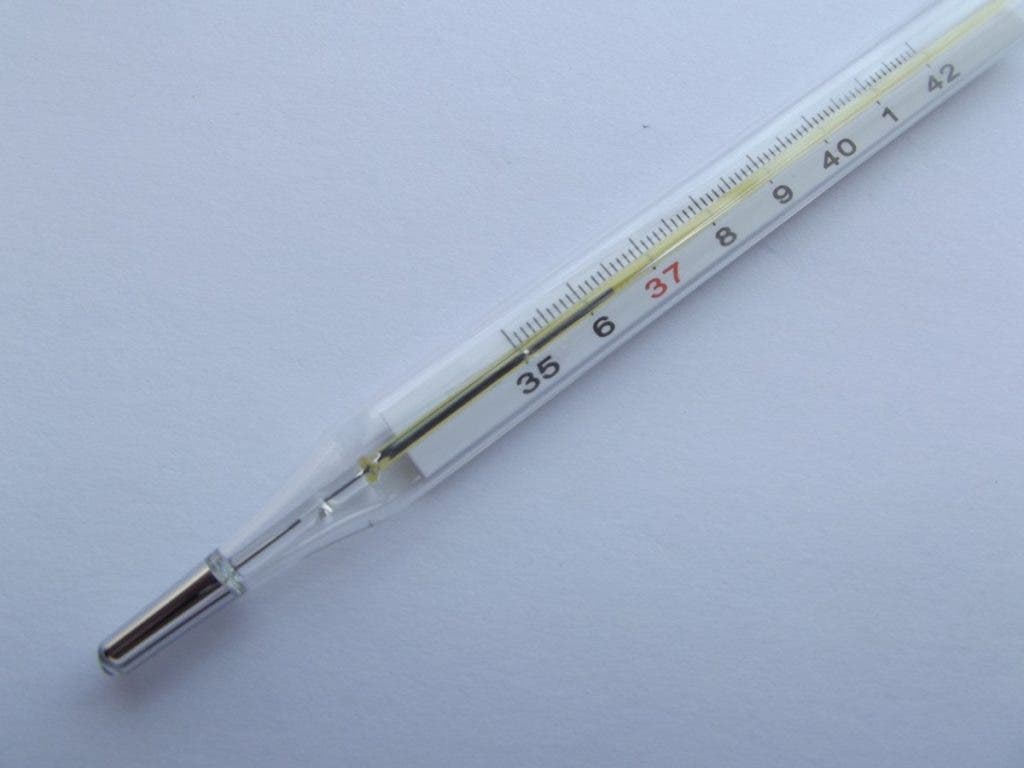An intriguing study shows that body temperatures seem to be dropping by 0.03°C per decade — which over the last century, makes for quite a sizeable difference.

Human body temperature is not fixed. It fluctuates all the time, not only when you get feverish. It’s influenced by hormones, metabolism, and even your mood. Nevertheless, 37°C (98.6 F) was considered the average normal.
That is no longer the case.
“Our temperature’s not what people think it is,” said Julie Parsonnet, MD, professor of medicine and of health research and policy. “What everybody grew up learning, which is that our normal temperature is 98.6, is wrong.”
It’s not the first time this has been brought to light by researchers. A recent study carried out on 25,000 British participants found that the average temperature is 36.6°C (97.9 F). In a new study, Parsonnet and colleagues analyzed trends relating to body temperature, finding that the temperature has decreased slowly but steadily over the years.
They used data from three national US cohorts, summing up almost 200,000 people: the Union Army Veterans of the Civil War (1860–1940), the National Health and Nutrition Examination Survey I (1971–1975), and the Stanford Translational Research Integrated Database Environment (2007–2017). They found that even after adjusting for age, height, weight, and time of day, has decreased by about 0.03°C per decade.
Researchers also considered the possibility that measurements have simply gotten more accurate — as thermometry has improved massively since the 19th century. However, even within the same cohort (Union Army Veterans of the Civil War), the same trend was observed, which essentially rules out the possibility of measurement bias. Additionally, if this were the case, the change wouldn’t be linear and would have tapered out as accuracy reached a certain degree.
These trends have been suggested before, but this new model paints an intriguing picture. The temperature of men born in the 2000s is, on average, about 1.06 F (0.58 °C) lower than that of men born in the early 1800s. For women, the difference is only 0.58 F (0.58 °C)
Which begs the question, why is this happening?
Researchers aren’t entirely sure, but they have a few good ideas. Resting metabolic rate is the largest component of a typical modern human’s energy expenditure, typically comprising over 65% of daily energy expenditure for a sedentary individual. Much of this energy is converted into heat — this is what makes humans (and many other creatures) warm-blooded. If we’re observing less heat, this could be an indication that our metabolic rates have decreased, perhaps as we’ve become less and less physically active.
Comfortable lives in our warm houses may have a role to play. Homes in the 19th century had irregular heating and no cooling, whereas today, central heating has become commonplace in the developed world. A more constant environment removes a need to expend energy to maintain a constant body temperature, which could also help explain this effect.
However, the team thinks something else is likely at play: the reduction of inflammation. Economic development, along with improved standards of living and sanitation, decreased chronic infections, antibiotics, improved dental hygiene, along with a reduction of diseases such as tuberculosis, have all made us much healthier. This means that there’s less likely for our bodies to experience inflammation, which raises body temperature.
Whichever the case may be, this is a reminder that our bodies are slowly changing. The environment in which we are living is changing, our lifestyle is changing, and we are changing as a result.
“Physiologically, we’re just different from what we were in the past,” Parsonnet said. “The environment that we’re living in has changed, including the temperature in our homes, our contact with microorganisms and the food that we have access to. All these things mean that although we think of human beings as if we’re monomorphic and have been the same for all of human evolution, we’re not the same. We’re actually changing physiologically.”
The study “Decreasing human body temperature in the United States since the industrial revolution” has been published in eLife.


